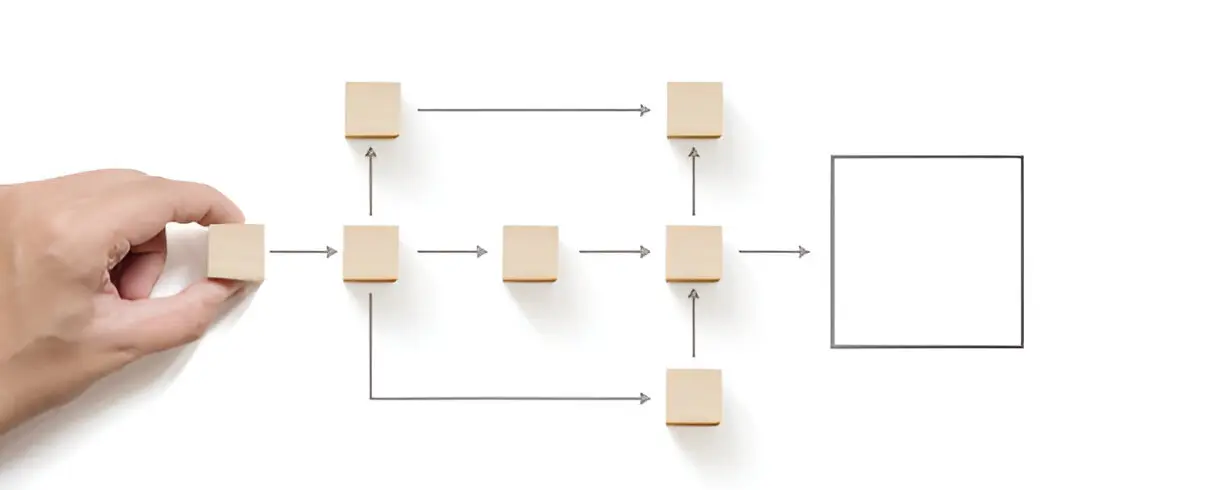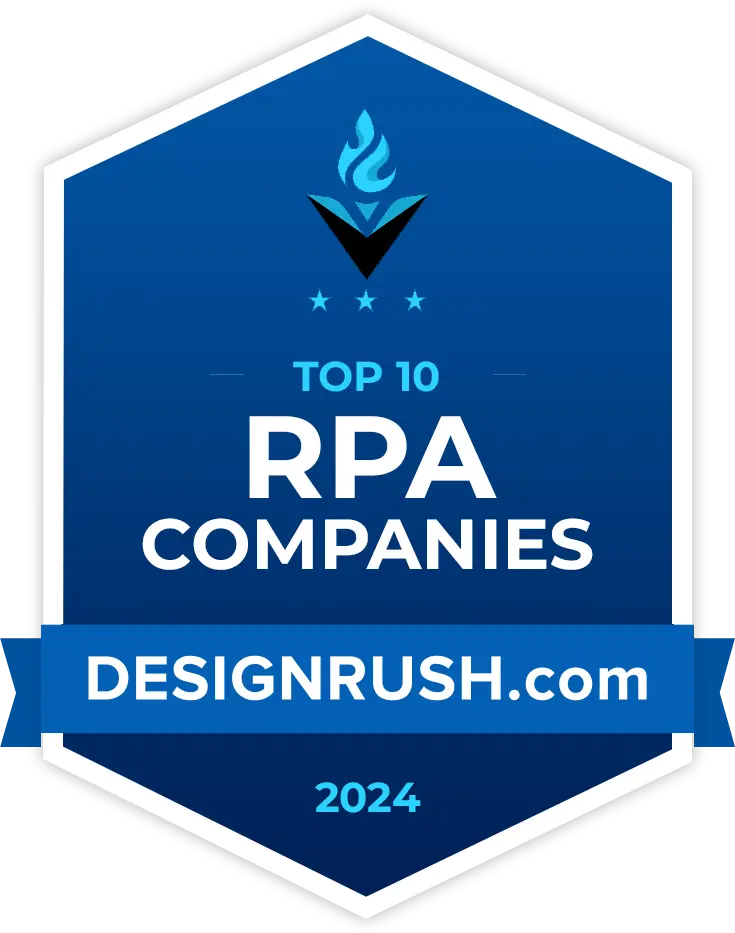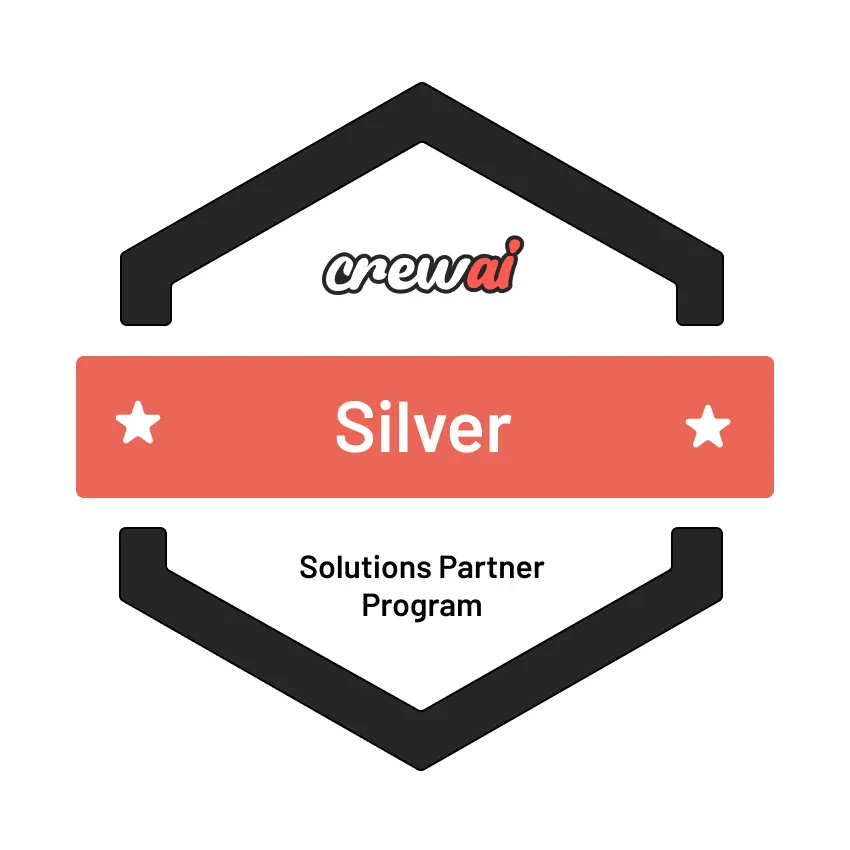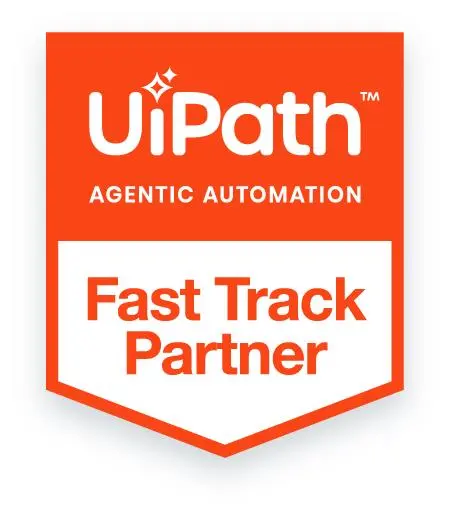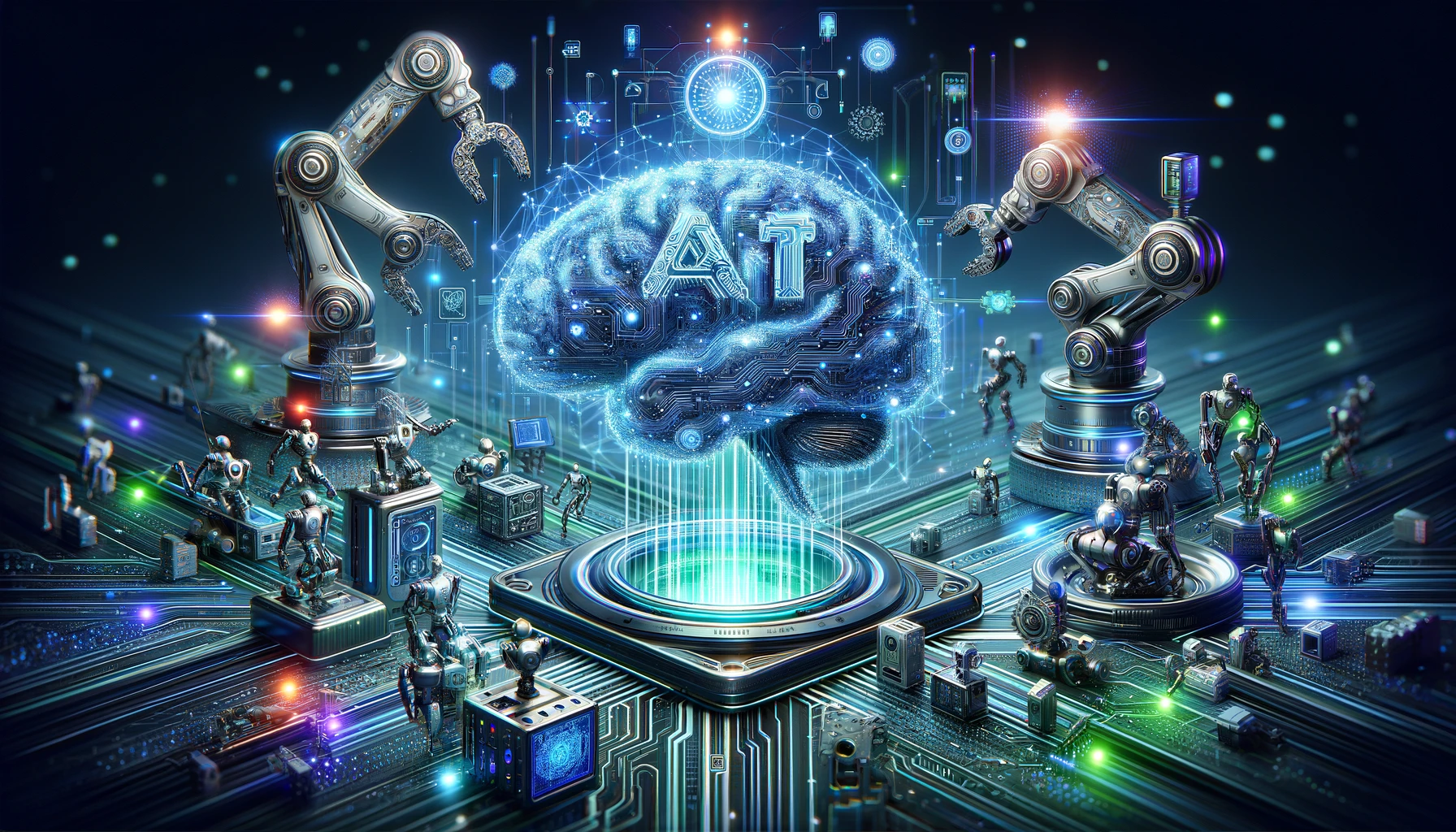
Key takeways
- RPA first made its presence felt in the early 2000s and it has been fueling digital transformation across sectors ever since!
- RPA streamlines data management processes like screen scraping and document processing. RPA not only provides data-based insights but works with AI to make forecasts that further enhance decision-making!
- RPA can be deployed to streamline core functions, value-added functions, and even infrastructural aspects in a business!
- Hyperautomation tools that combined AI and RPA are being used extensively for Intelligent Automation.
- A blend of Gen AI and RPA fosters creativity, precision, efficiency and adaptability. This aspects pave the way for innovative and intelligent decision-making.
According to Statista, the global Robotic Process Automation (RPA) market is expected to grow to more than USD 30.1 billion by 2030 which is an increase of over 12 billion from 2020 (Source: Statista).
RPA first made its presence felt in the early 2000s (Source: Java T Point). And, it has been fueling digital transformation across sectors ever since!
Let’s see how!
Data has been touted as the new gold! Today, all business decisions are powered by data. Hence, businesses need accurate data in a quick time. RPA streamlines data management processes like screen scraping and document processing. It not only provides data-based insights but works with AI to make forecasts that further enhance decision-making!
Screen scraping in RPA is a technique that has gained traction in the past few years. This technique automates the extraction of data from websites, mobile applications, and desktop applications enhancing the speed of data transfer and accuracy of data.
It is a no-brainer that leveraging the power of data is the way ahead for businesses. RPA works with AI to offer Intelligent Document Processing solutions. IDP can capture, extract, and process data from multiple structured and unstructured data sources including emails, PDFs, and more. It converts this data into structured information that can be leveraged to provide a competitive edge to a business.
In addition to data management, Robotic Process Automation is also being deployed for task mining to optimize processes. Task mining entails capturing and analyzing user interactions to map all the steps performed by users in a workflow. These include steps like mouse clicks, screen transitions, etc. Task mining helps businesses identify areas of optimization to eliminate bottlenecks and inefficiencies.
Based on these features, RPA powers the digital transformation journey of a business. RPA can be deployed to streamline core functions, value-added functions, and even infrastructural aspects in a business!
Let’s dig a little deeper into the areas that RPA impacts!
Core Functions
Development
RPA has transformed traditional software development by facilitating development with the help of low-code or no-code tools. This enables business users to develop programs without traditional coding or scripting knowledge.
Screen scraping
Businesses can leverage RPA-based screen scraping to extract data from sources from which it was impossible to source information. It works with non-standardized interfaces and legacy systems without APIs.
Orchestration
RPA orchestration facilitates high-level coordination between technology and humans. Orchestration is required for streamlining complex processes that involve different automation technologies and humans performing various tasks. RPA orchestration tools provide a view of all the attended and unattended processes on a single platform. Orchestration software can be deployed on-premise or can be accessed through devices like mobiles from the Cloud.
Human-assisted
RPA bots can function as unassisted robots that work independently without human intervention. Unassisted bots are used for automating rule-based back-office tasks. However, human-assisted bots are also being deployed across sectors. Assisted bots are deployed via servers to the workstation of an employee. The employee can access the bot from a desktop and control where and how the bot is used. Human-assisted bots find applications in front-office tasks.
Value-added Functions
Self-healing
Businesses that have integrated automation technologies in their workflows may experience breaks in automation scripts due to reasons like data changes, infrastructure issues, software glitches, and more. Any break in processes can cost the business dearly with breaks in production, customer experience, etc. The self-healing function of RPA leverages data analytics to identify objects in a script even after they have changed. It provides a comprehensive understanding and analysis of options. It assesses the attributes of all objects and selects the one that is most similar to the previous one. All this is done in a matter of seconds! As a result, the productivity does not come to a grinding halt.
Task mining
RPA-based task mining refers to identifying the best processes for automation by continuously tracking user interactions in workflows. Hence, it functions as an automation enabler that drives digital transformation by helping a business unlock the potential of RPA.
AI-augmented
AI-augmented RPA refers to bots that can act on AI-based insights to complete processes. AI-augmented RPA accelerates the pace of digital transformation by eliminating lags in task completion. AI augmentation streamlines complex, time-consuming processes and helps a business scale.
Governance
RPA governance refers to structures, leadership, rules, and processes interlinked to RPA. A developed governance model chronicles process modeling and process enhancement for automation. It includes components like code management, incident management, support services, etc. RPA governance supports the implementation, management, and maintenance of the software bots.
Infrastructural Aspects
Cloud
Cloud RPA is essentially RPA as a Service automation software. It helps users automate any process through a web-based interface that can be accessed in their browser. It executes and orchestrates processes and workflows across the organization.
High availability
High Availability Architecture (HAA) is a group of servers that function as failover servers in case the main server fails. They can work for the same loads as the primary set of servers. HAA is used in systems and industries where the system must remain operational with no downtime. If a server fails, another server from the group takes over to ensure that the operation supported by the server is functional despite the failure of the server. HAA aims at 99.999% or five nines uptime.
Security
RPA bots are being extensively deployed in cybersecurity. Bots automate manual cyber processes to speed up and boost cyber defenses.
Platform
RPA platforms can be used to streamline various routine processes. Optionally, you can consider a combined Business Process Automation (BPA) and RPA. These platforms enable organizations to scale digital operations at a high speed while automating several processes.
RPA is a technology that is continually evolving integrating emerging technologies to enhance its scope.
RPA started as a technology where automation bots performed several menial tasks boosting the speed and accuracy of the processes. However, RPA has increased in scope over the years by integrating new and emerging technologies like Artificial Intelligence (AI) and its subsets like Machine Learning (ML), Natural Language Processing (NLP), etc. And, it continues to evolve by adding new dimensions with technologies like Generative AI.
AI and its subsets like ML, NLP, etc., have made RPA intelligent. Hyperautomation tools that combine AI and RPA are being used extensively for Intelligent Automation.
The latest technology that has added new dimensions to RPA is Generative AI. Generative AI is also a subset of AI that uses ML techniques like deep learning and neural networks to generate human-like content. Gen AI models are trained on vast amounts of data and can create content in different formats including text, image, audio, video, etc.
Gen AI works with RPA to introduce creativity and innovation into processes. While RPA manages rule-based tasks efficiently, Gen AI handles complex, unstructured data and tasks that require creative problem-solving. This boosts the power of RPA as it can address a variety of challenges.
Gen AI can analyze large volumes of structured and unstructured data, identify patterns, and generate insights that facilitate informed decision-making and enhance the quality of strategic choices.
RPA is an ideal automation solution for tasks within established workflows. Gen AI extends the ability of RPA by working with various types and formats of data to ensure compatibility with a wide range of processes.
Gen AI can address complex customer queries with empathy since it can comprehend natural language. This helps create personalized customer experiences which boosts customer loyalty.
A blend of Gen AI and RPA leaves no aspect of automation untouched as these technologies can work with both structured and unstructured data. This combination fosters creativity, precision, efficiency, and adaptability. These aspects pave the way for innovative and intelligent decision-making.
It is evident that RPA along with AI and its subsets has made inroads into different facets of business. And, if you haven’t yet integrated RPA into your business processes, it is about time you did it!
How to Choose Automation Tools for Your Business?
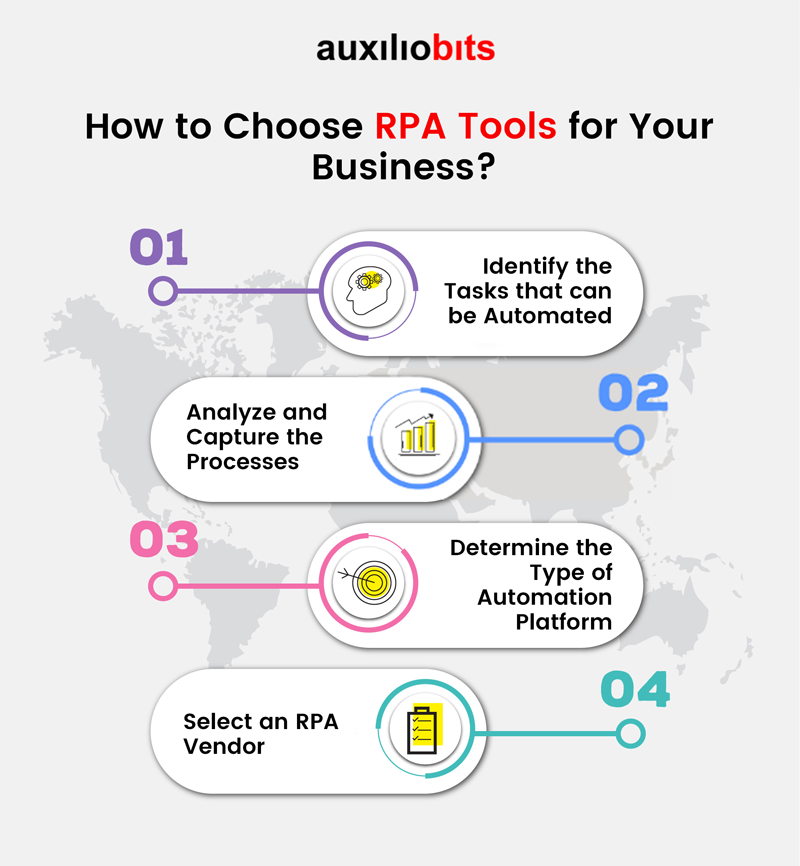
Step 1: Identify the Tasks that can be Automated
The ideal candidates for RPA are repetitive, time-consuming tasks that deal with large volumes of data. However, it may not be feasible to automate all such tasks. Hence, you need to evaluate end-to-end workflows to pick out the tasks to be automated.
To identify automation tasks:
- Identify bottlenecks and weak points with the help of tools like process mining.
- Estimate the potential impact of RPA on systems by leveraging Business Process Analysis (BPA).
- Segregate the tasks that require human intervention and those that can function independently.
However, not all the probable candidates for automation need to be automated. Choose tasks that give the most value to your organization when automated. You can assess the worth of automating a task by estimating the impact of RPA on the workforce, financial implications, operational metrics, etc.
Step 2: Analyze and Capture the Processes
The next step is to analyze the targeted processes down to the click level. This is because bots need minute details to be programmed into their algorithms.
You can conduct this analysis by:
- Conducting a detailed process assessment and following it up with thorough analysis.
- Gain clarity into the processes and identify gaps by conducting workshops.
- Interview the teams and end-users for a better understanding of the process and bottlenecks.
- Leverage process mining and task mining tools to reinforce anecdotal input and prevent user bias.
At this stage, it is relevant to ascertain that you use self-healing RPA tools because automation scripts are fragile and can break.
Step 3: Determine the Type of Automation Platform
You need to assess the specific needs of your business to identify the best automation solutions. Since, automation is expensive, it is recommended that you ascertain the type of automation technologies that are required to boost your business.
Pure RPA, Intelligent Automation, Gen AI-based Hyperautomation, etc., are some of the technologies that can be leveraged.
There are several options to choose from. You can opt for pure RPA tools to automate routine processes. Alternatively, you can choose a composite platform that combines RPA with BPA. Various composite platforms with optional RPA are also available. Some of these are:
- Customer Relationship Management (CRM)
- Content Security Policy (CSP)
- Enterprise Resource Planning (ERP) systems
- Cloud
- Office
- BPA
IT-oriented Managed RPA Service Providers also offer RPA functionalities.
Step 4: Select an Automation Vendor
You will need to partner with an intelligent automation vendor who will provide the platform and help in integrating them into your existing processes.
Make sure to select a vendor who:
- Helps you in refining the developed automation model.
- Offers hands-on training to the team members who will be working with the bots.
- Ensure seamless running of automation by tracking performance and making essential changes.
- Establishes technical and performance standards.
- Sets up a process to quantify the success of automation and make adjustments as required.
This is a brief outline of steps that will help to implement automation technologies in your business. However, aside from implementing technology, you also need to ensure that they work seamlessly alongside humans. This is usually done by deploying low-code Business Process Management (BPM) tools along with RPA. Make sure to choose a BPM tool that makes it easy to integrate automation technologies and third-party solutions into your workflows.
The task of implementing of Intelligent Automation becomes hassle-free when you collaborate with an automation partner. Auxiliobits is a leading automation consultant with several years of experience in the field. We work with our clients to help them identify the critical tasks that can be automated. We also recommend cost-effective automation solutions that will meet the unique needs of their business.



